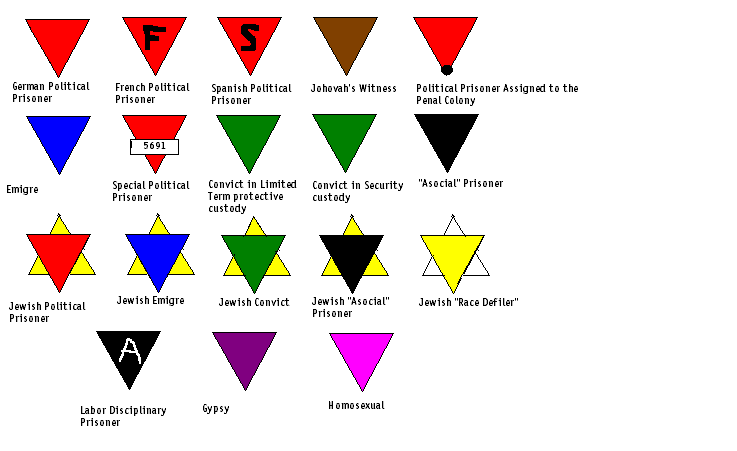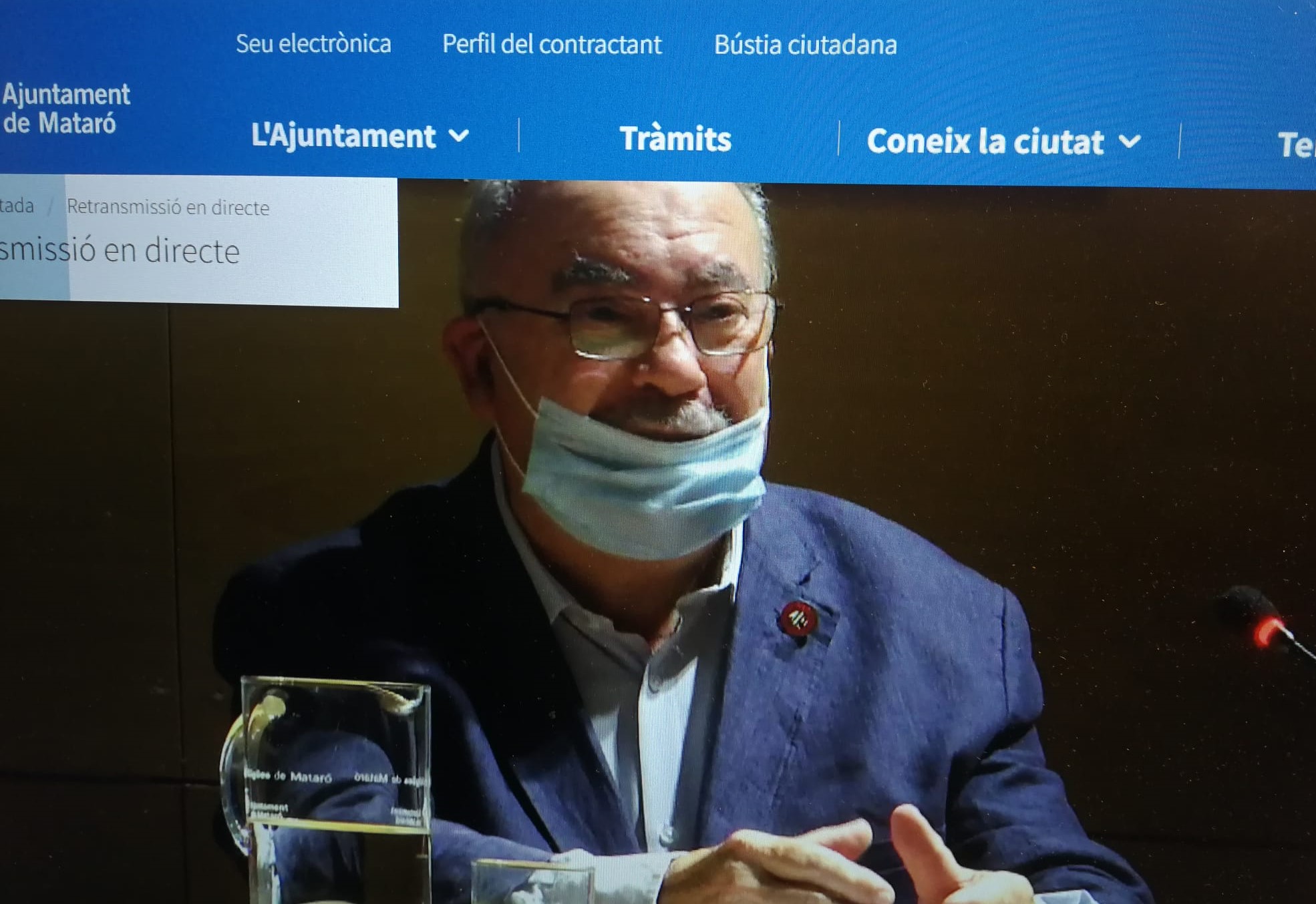
There were Germans, such as Baselitz, Kiefer, Richter, Penck, and the Italians, Clemente, Chia, Cucchi, Palladino as well as Schnabel, Fischl, Basquiat, Salle, and many others, but all of their paintings were figuratively based. Rail: The eighties were dominated largely by Neo-Expressionist paintings. Also, I was able to study with Rosalind Krauss, whose classes required a lot of writing papers, and were very polemical with some of the issues that were pertinent in current discourses of art history and art criticism. I remember Robert Morris didn’t allow painters in his class, so some of us, in addition to having studied with Ralph and Ron, would go to Alice Aycock’s class. He was always encouraging me not to be afraid to take it to the next step. Ralph was very supportive of my work, while Ron was very challenging in all kinds of ways on pictorial issues of painting. Rail: Then you went to Hunter College for graduate school when you received an MFA in 1984.ĭona: Well, I took a little bit of a break, then went to Hunter where Ron Gorchov, Ralph Humphrey, and Jack Youngerman were teaching at the time. Of course I was very excited but also challenged by it at the same time. I was coming from a conceptual background, insisting on my autonomy as a painter, then being in a school where there were people doing cartoons and graffiti like a form of anarchy.
Dona dona holocaust full#
I was very lucky to be in a class that was full of very bubbly and very energetic artists like Keith Haring, Kenny Scharf, Tim Rollins, Moira Dryer, Frank Holliday, and Tom Cugliani (who later became one of my dealers). So I immediately went back to Israel, worked and saved money for a year, then came to New York to study at SVA for two years. Rail: Who was the chair at the time, and remained in his teaching post till 1996.ĭona: Yeah, but I didn’t really like the atmosphere there that much, because it was dominated by male painters like Jörg Immendorf, Marcus Lupertz, and a few others. That was when I went to Dusseldorf in 1977 with the hope to study with Gerhardt Richter. I knew that it wasn’t enough just to make painting.

But because of that experience, it taught me to paint with ideas. I was younger than most students because I didn’t go to the army (due to a medical problem I had at that time), so I had to stand up for myself as a young painter against the grain of heavy-duty conceptualism. Very much influenced by Joseph Beuys, and European Conceptualism, as well as American performance art-there was this enormous amount of awareness and self criticism, very rhetorical. And it was a very fascinating time because it was a highly conceptually based school. Rail: So that prompted you to go to Bezalel Academy of Art?ĭona: Right, from 1973 to 1977.

There was something that I felt about painting even at that young age that had some sort of existentiality for me, and I had no clue why. Needless to say it was an immediate attraction, and the only thing that could make me feel justified for being alive. I was independent and had a different kind of reading of the world, and that kind of difference directed me to painting. I grew up in Tel Aviv, and when I was in high school, I knew I was quite different from other kids. My parents were Jewish intellectuals, both physicians, so they had to get out, and they finally managed to in 1961.

They got married during the Communist period that came right after the Second World War. He survived the Holocaust and met my mother who was a native Romanian during the war.

Lydia Dona: Well, my father was from Belgium. At which point did your family decide to go to Israel? Phong Bui (Rail): You were born in 1955 in Bucharest in Romania. Courtesy of the artist and Michael Steinberg Fine Art. Oil, acrylic, copper, metallic silver paint and enamel on canvas.


 0 kommentar(er)
0 kommentar(er)
